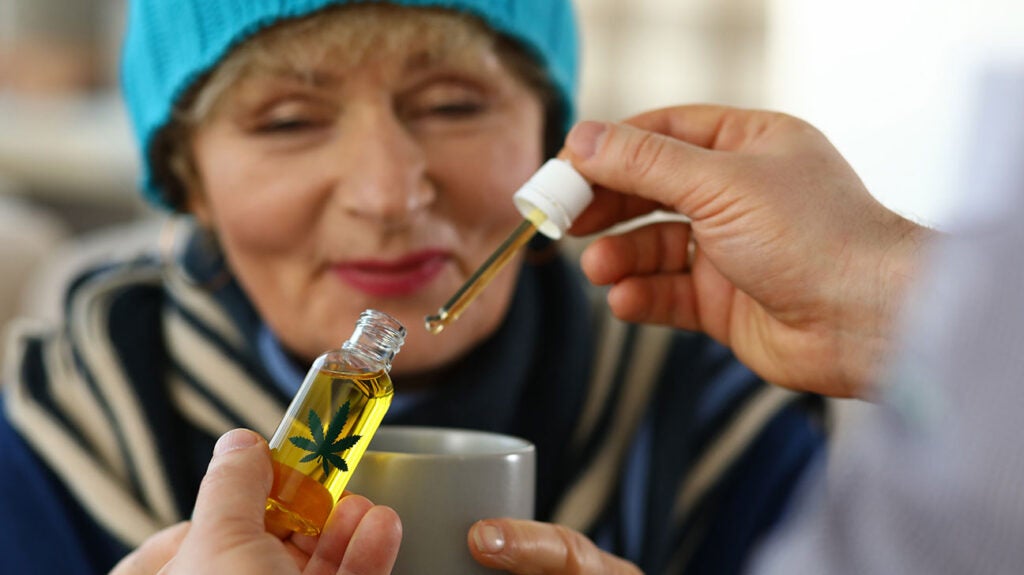
A detox in Delray Beach differs when you’re physically addicted ti a drug versus mentally addicted to a drug. Patients have symptoms that are unpleasant and oftentimes too much to deal with if they’re going through the detox process alone. A facility gives the patient treatment options to ease these symptoms. A facility provides round-the-clock monitoring to ensure the patient’s safety, which makes people more confident when they’re choosing to give up drugs.
- Heroin
Generally, if you ask a person what the most addicting drug is, they would respond with heroin. This is because heroin is a physically addicting drug, meaning the entire body becomes dependent upon the drug. The body responds with flulike symptoms such as nausea, vomiting and diarrhea during the initial withdrawal phase. People quickly build up a tolerance for heroin, which means they need more and more heroin to create the same effect in the body.

- Painkillers
Narcotic painkillers classify as opiates. Examples include oxycodone, hydrocodone, oxymorphone and hydromorphone. These substances are similar to heroin, especially in terms of the withdrawal they cause. People become addicted to these substances and feel both physical and mental withdrawal. Signs of physical painkiller dependence include nausea, vomiting, insomnia, sweating and diarrhea.
- Benzodiazepines
Benzodiazepine tranquilizers categorize drugs such as Xanax, Valium, Tranxene and Ativan. These drugs are prescribed to patients who have anxiety, panic disorders and certain mood disorders. These drugs are also effective at treating drug withdrawal, muscle spasms and insomnia. People who have abuse benzodiazepines may experience symptoms such as anxiety, headaches, insomnia, sweating, panic attacks and tremors. These symptoms usually develop within three to four days after the person’s last dosage. Symptoms will occur sooner in patients who take short-acting drugs. Some patients who abuse this type of drug experience seizures that could possibly be fatal.
- Alcohol
Alcohol causes physical dependence that could possibly be deadly. Withdrawal symptoms include anxiety, tremors, nausea, vomiting, sweating, headaches and insomnia. You might have tachycardia or high blood pressure. Hallucinations and seizures are possible as the body is trying to go back to a state before the central nervous system got used to using alcohol. Generally, these more serious side effects begin 12 to 24 hours after the last drink, although seizures usually occur within the first 48 hours. Mild symptoms may occur as early as six hours after your last drink, but it could take several days for you to start experiencing the effects. Delirium tremens is possible but only occurs in a small number of individuals with an alcohol abuse problem, generally those with a long history of frequent and high-dosage usage. Delirium tremens tend to occur in the first 48 to 72 hours after your last drink.






